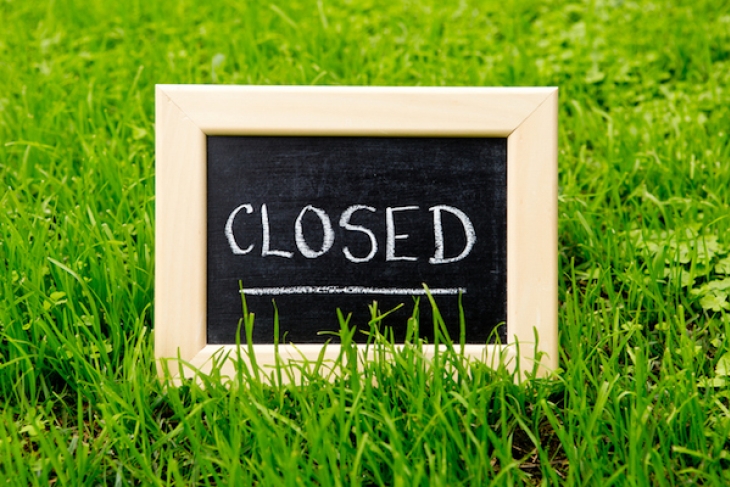The impacts of school closures on student achievement have been studied in various locales, including Louisiana, Michigan, New York City, and our home state of Ohio. But a new report from Stanford University’s Center for Research on Education Outcomes (CREDO) is the most expansive analysis on this topic to date. Analysts examine 1,204 district and 318 charter school closures across twenty-six states occurring between 2006–07 and 2012–13. The study focuses on low-achieving schools—those whose students’ math and reading scores were in the bottom quintile in their respective states prior to closure. Most of the closures took place in urban areas—69 percent across both district and charter sectors.
CREDO offers a comprehensive view of closures in these states, including the patterns of closures and their academic impacts on students. Though not an experimental analysis, by matching students on observable characteristics and baseline achievement, CREDO does offer solid evidence on the impacts of closure. There were a few striking findings.
First, the schools that closed were on downward trajectories prior to shutting. The analysis found that average math and reading achievement were deteriorating across these schools, as was average student enrollment. The enrollment data suggest that market-oriented pressures—less demand for these schools—played a role in these closures. Districts and charter authorizers then took the step of permanently shuttering these schools.
Second, a majority of pupils displaced by closure landed in similar or better performing schools. CREDO found that 48 and 45 percent of students in closed charter and district schools, respectively, went on to higher-performing schools, while another one in three transferred to schools of similar quality. Although some media coverage focused only on students landing in higher-quality schools—perhaps portraying closures in a more negative light—just a small proportion of displaced students landed in a lower performing school (about 15 percent). To gauge whether closures induced transfers to higher or lower quality schools, CREDO compared schools’ percentile rankings on math and reading scores. That method departs somewhat from prior studies in Ohio and Louisiana, which examined the performance of students’ closed versus new schools based on value-added scores, a measure of student growth. In Ohio, we considered both changes in school-level achievement and growth, finding similar results across both methods.
Third, the quality of the school students attended after closure made a big difference in their academic growth. CREDO estimates that displaced students attending higher-performing schools enjoyed gains of about ten to forty days of learning, post-closure. However, students who transferred to inferior quality schools lost considerable ground—losses that ranged from twenty to eighty days of learning. While this group represented just a fraction of displaced pupils, they experienced a double-whammy: Their education was not only disrupted but they also attended even weaker schools. This is also what we found in Ohio—and aligns with common sense. School closures can work if displaced students land in better schools. But that’s a big “if.”
The analysts conclude that “The quality of the alternatives matters greatly for the students affected by school closures.” ‘Tis true—whether closing dysfunctional schools benefits students hinges on the quality and capacity of the existing school supply. The key is to grow more high-quality schools, especially in urban communities, so that students stuck in chronically poor-performing schools can move to better ones. That means focusing as much on school openings as school closures.
Chunping Han, et. al., Lights Off: Practice and Impact of Closing Low-Performing Schools, Center for Research on Education Outcomes (2017).

